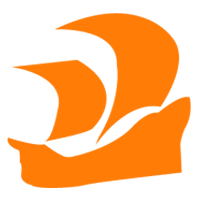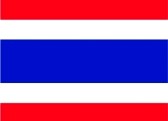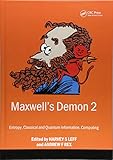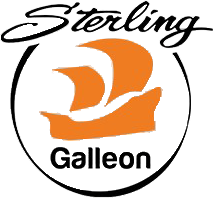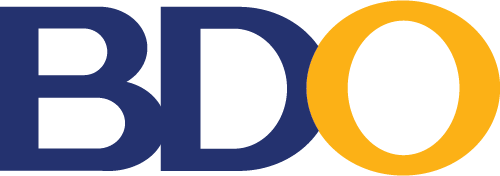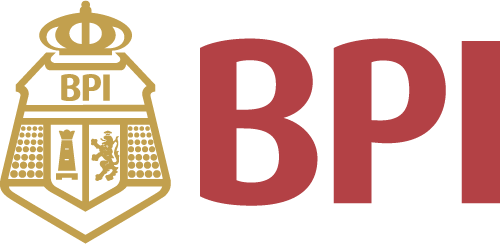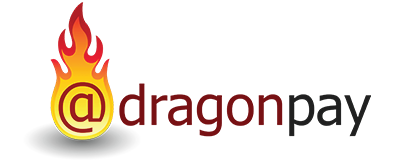All Categories
The Unicode Standard, Version 4.0: The Unicode Consortium
Share Tweet
*Price and Stocks may change without prior notice
*Packaging of actual item may differ from photo shown
- Electrical items MAY be 110 volts.
- 7 Day Return Policy
- All products are genuine and original

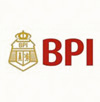




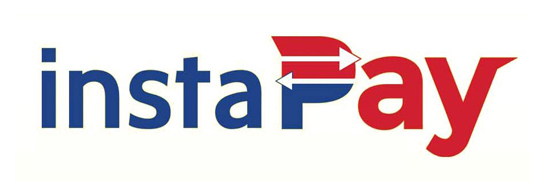

About The Unicode Standard, Version 4.0: The Unicode
Product description Unicode provides a unique number for every character, no matter what the platform, no matter what the program, no matter what the language. Fundamentally, computers just deal with numbers. They store letters and other characters by assigning a number for each one. Before Unicode was invented, there were hundreds of different encoding systems for assigning these numbers. No single encoding could contain enough characters: for example, the European Union alone requires several different encodings to cover all its languages. Even for a single language like English no single encoding was adequate for all the letters, punctuation, and technical symbols in common use. Unicode is changing all that! The Unicode Standard has been adopted by such industry leaders as Apple, HP, IBM, JustSystem, Microsoft, Oracle, SAP, Sun, Sybase, Unisys and many others. Unicode is required by modern standards such as XML, Java, ECMAScript (JavaScript), LDAP, CORBA 3.0, WML, etc. It is supported in many operating systems, all modern browsers, and many other products. From the Back Cover The authoritative guide to universal character encodingThe official way to implement ISO/IEC 10646The key to advancing global interoperability in information technology productsUnicode 4.0 The Unicode Standard The Unicode Standard provides a unique code number for every character in electronic text, no matter what the platform, no matter what the application, no matter what the language. It is required for XML and is at the core of modern software products. Unicode 4.0 contains 96,248 characters covering languages of the world. The Unicode Standard contains extensive descriptions of each writing system, as well as definitions of character properties and detailed conformance requirements. It is the complete and definitive user's guide for novices and experts alike. This edition, The Unicode Standard, Version 4.0, adds 47,188 new characters for minority and historic scripts, several sets of symbols, and a very large collection of additional CJK ideographs. It provides updated specifications covering structure, conformance, character behavior and semantics, as well as implementation guidelines, detailed discussions of writing systems, comprehensive charts, and an extensive glossary. The accompanying CD-ROM includes the text of all the Unicode Standard Annexes and the entire Unicode Character Database. 0321185781B07232003 About the Author The Unicode Consortium is a non-profit organization founded to develop, extend, and promote the use of the Unicode Standard. The membership of the Consortium represents a broad spectrum of corporations and organizations in the computer and information processing industry. The Unicode Consortium actively cooperates with many of the leading standards development organizations, including ISO/IEC JTC1, W3C, IETF, and ECMA. 0321185781AB07232003 Excerpt. © Reprinted by permission. All rights reserved. This book, The Unicode Standard, Version 4.0, is the authoritative source of information on the Unicode character encoding standard. Version 4.0 expands on and supersedes all other previous versions. The text of the standard has been extensively rewritten to improve its structure and clarity. Major additions to Version 4.0 since Version 3.0 include: extensive additions of CJK characters to cover dictionaries and historic usage many new symbols for mathematical and technical publication substantially improved specification of conformance requirements, incorporating the character encoding model encoding of supplementary characters formalized policies for stability of the standard clarification of semantics of special characters, including the byte order mark major expansion of Unicode Character Database properties and of specifications for text boundaries and casing more minority scripts, including Limbu, Tai Le, Osmanya, and Philippine scripts more historic scripts, including Linear B, Cypriot, and Ugaritic tight


